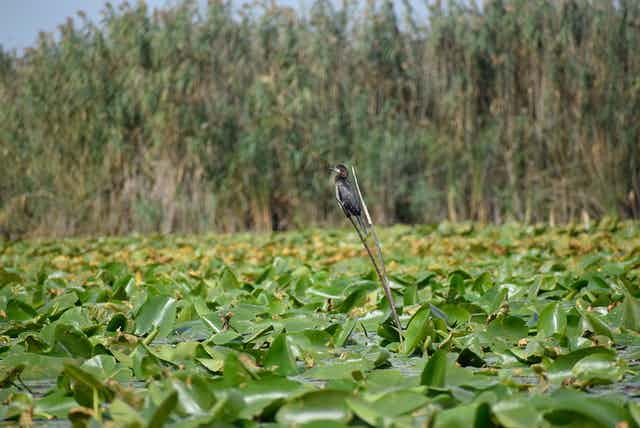
Iolanda-Veronica Ganea, Babes Bolyai University et Badarau Alexandru Sabin, Babes Bolyai University
Mahmudia is a picturesque village in Tulcea county, Romania, situated along the southernmost canal of the Danube Delta, where the famous river empties into the Black Sea. The village was built between two different worlds on either side of the Sfântu Gheorghe Channel. To the south, the arid Balkan steppe made up of rolling hills and ancient rocks, to the north, the lush wetlands of the delta.
For much of the year, Mahmudia is full of Romanian and foreign tourists – especially from Germany and France – who come to see its incredible diversity of aquatic birds and to taste the traditional local dishes made from a large variety of fish species. This brings in significant income to the village, ensuring a decent standard of living for local people.
But this is only recent history. In communist times, this was an area of intense development, based on the extreme transformation of nature for economic ends – a view which is still shared by many agricultural and forestry engineers.
The story of Mahmudia’s return to nature provides a vital lesson in the value of rescuing ecosystems from agricultural overdevelopment.
Draining the delta
In the 80s, the fields of the Danube Delta were considered the most fertile terrain in the country by the many agronomists acting as consultants to dictator Nicolae Ceaușescu, who was very interested in the development of a national agriculture for Romania.
Ceaușescu launched a giant project to drain the majority of the delta in 1983, accompanied by an intense propaganda campaign. And so the infamous destruction of the most beautiful and best-preserved delta on the European continent began.
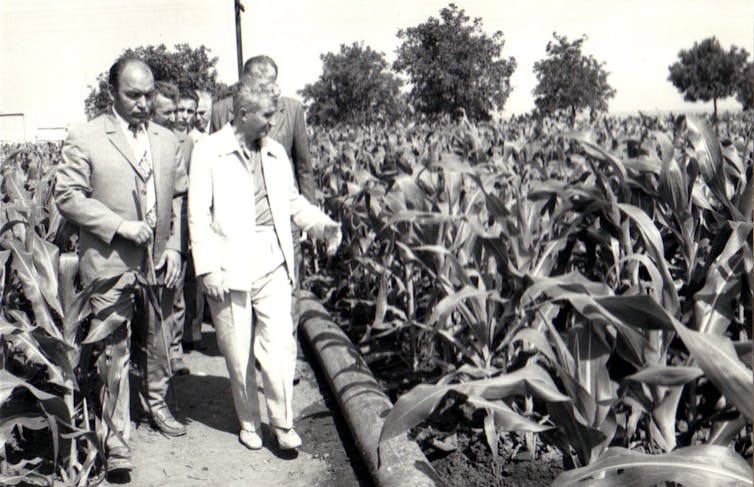
Fototeca online a comunismului românesc, Photo no: #L008, Quota:88/1979; (20.10.2021)
Large areas along the Black Sea were drained and transformed into agricultural fields, their biodiversity totally destroyed. Today, those areas are easily identified by their uniformity across vast swathes of the landscape, the desertified fields an unhealthy, pallescent yellow.
The agronomists were not aware at the time that overdevelopment would lead to the arid climate of the territories of the Balkan steppe to compromise the productivity of the rich soils of the delta. As a result, today large areas of the delta are totally barren, populated only by scarce species of weeds.
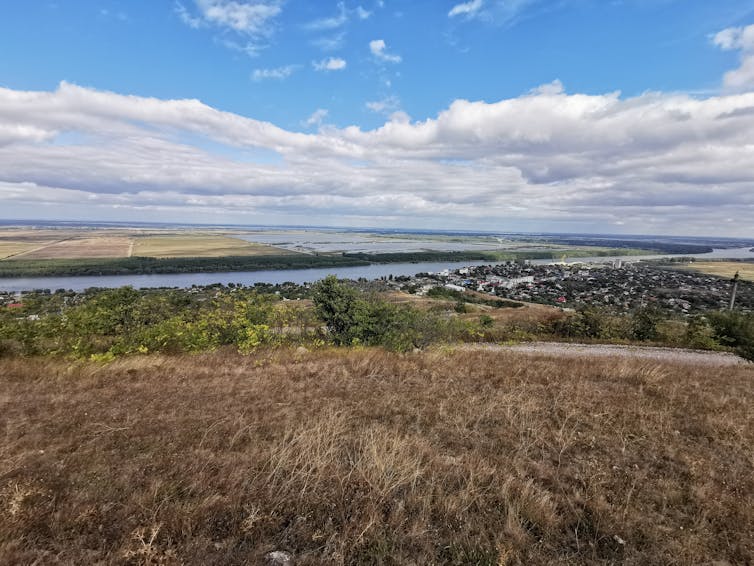
Iolanda-Veronica Ganea, Fourni par l’auteur
If Ceaușescu’s programme had continued, the result would have been the complete destruction of the delta’s aquatic and terrestrial ecosystems and the transformation of this unique area of the European continent into a collection of barren fields, with its hundreds of lakes and labyrinthine channels all drained and the three Danube branches enclosed between continuous dams. It was only the end of communism in Romania that halted this process.
How Mahmudia fought back
At the beginning of the 21st century, the effects of the communist programme were still with Mahmudia. The village no longer belonged to the deltaic world. It sat instead on a large polder – a piece of farm land reclaimed from the water – surrounded by huge dams which enclosed 6km of monotonous agriculture and wasteland between the tiny port and the few channels and lakes that remained wild.
No tourists visited Mahmudia, as the ddelta was by now far away from the village. Instead, visitors went to nearby sites that directly bordered the waterways. Mahmudia’s fishers also had travel around 25 km to reach the first lakes in the Delta and gather their daily catches.
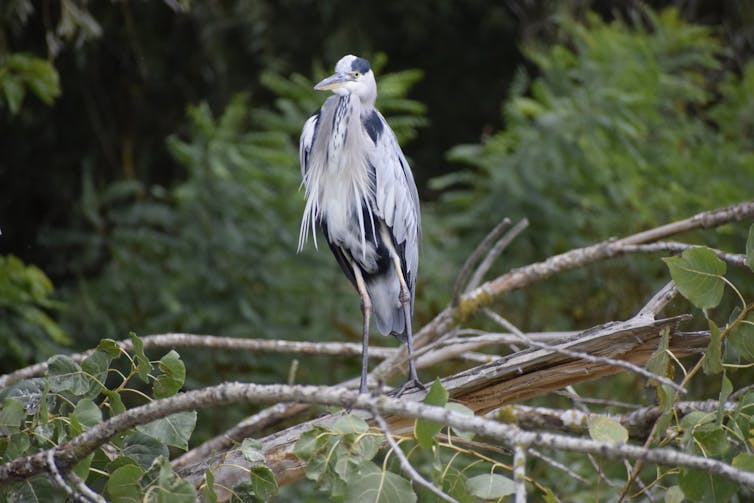
After noticing the poverty in their village compared to the earnings from eco-tourism made by their neighbours who had a connection with the delta, the Mahmudians decided to act. The entire community, led by the local administration, gathered to find a way to bring the delta back to their village.
Between 2011 to 2015, Mahmudia launched the first community effort to ecologically restore a part of the Danube Delta. Today, it represents the only communist-era agricultural desert to have been given back to the waterways.
Tear down these dam walls
Mahmudia was not able to restore its whole territory. Large portions were the property of private, industrial agricultural companies, where the village could not legally intervene.
But right in front of the village, a segment of salinised terrain remained in local hands. In the late 80s, the area, known as Carasuhat, had been transformed into a maidan – a communal area for cattle and sheep grazing. Though very small compared to the entire polder, it provided solution Mahmudia was looking for.
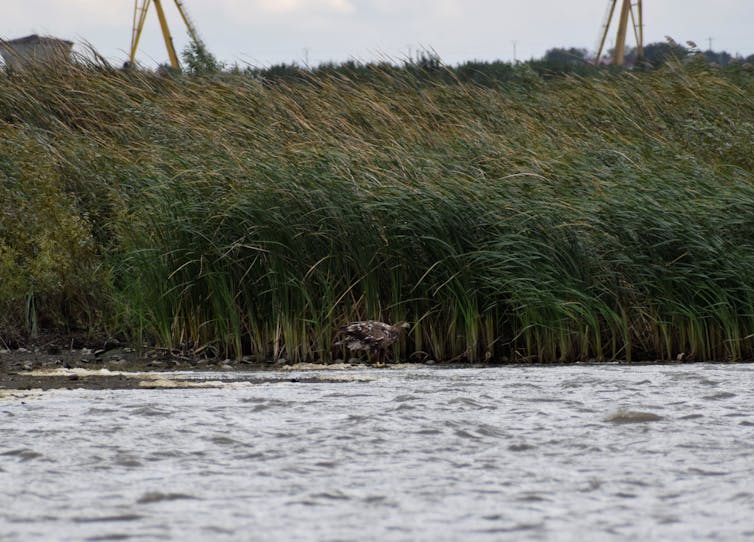
Iolanda-Veronica Ganea, Fourni par l’auteur
The community broke down the surrounding dams of the communal property, and the deltaic waters returned to the 9.40 km2 surface of the terrain. Slowly but steadily, the delta waters restored the old channels, lakes and islands of the lost former world.
Re-connected at last to the Danube Delta, Mahmudia gained its long-desired status as a “deltaic gate”. The tourists started to come, and people’s incomes began to grow. More than 30 official guest houses opened, with enough beds for 300 people. It is one of the most successful stories of a local community starting to improve standards of living thanks to a restored ecosystem.
Supporting eco-tourism
This year, we have been studying the wildlife of the restored area in Carasuhat to understand the real value of these aquatic ecosystems and the services they provide.
We were amazed by the large flocks of water birds we counted, and the variety of species encountered, and were able to conclude that the variety and numbers of birds in the restored area were much greater than before the restoration. More than 30 species of aquatic birds have been monitored in the restored area and 18 types of habitat have been reconstructed.
While birds and fish species quickly repopulated the area, plant communities such as the Nymphaea alba species of white water lily are coming back at a much slower rate.
Our current project focused upon the interconnection between local communities, which are very culturally and ethnically diverse, consisting of several minorities including Lipovans, Ukrainians and Turks, and biodiversity conservation in the Sfântu Gheorghe Channel area.
We are developing a scientific study with high-resolution inventory and mapping of the local ecosystems and the species which are important for conservation, along with information materials to raise public awareness about the value of local ecotourism and a collaborative network of accommodation and activities.
The case of Mahmudia has shown how entire communities can be radically transformed by restoring depleted ecosystems. The new wetland has reduced flood risk, contributed to carbon sequestration and serves as sediment traps for runoff. Meanwhile, local people have benefited from ecotourism and the local economy has prospered. If we take care of our local environment, nature will help us improve well-being for all.
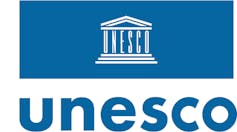
For 50 years, the UNESCO Man and the Biosphere Program (MAB) has combined exact, natural and social sciences to find solutions implemented in the 714 exceptional sites (129 countries) of biosphere reserves.![]()
Iolanda-Veronica Ganea, PhD student in Environmental Science, Babes Bolyai University et Badarau Alexandru Sabin, Associate Professor of Biogeography and Biodiversity Conservation, PhD, Babes Bolyai University
This article is republished from The Conversation under a Creative Commons license. Read the original article.

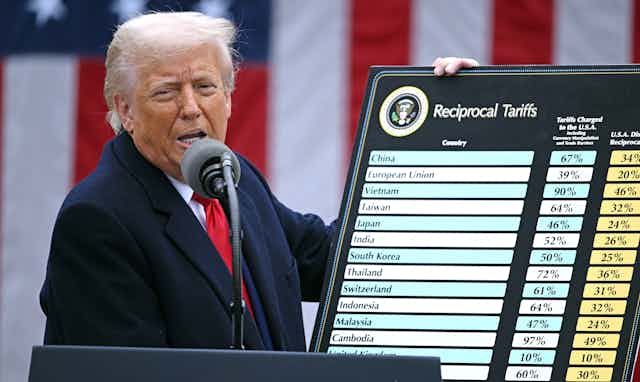

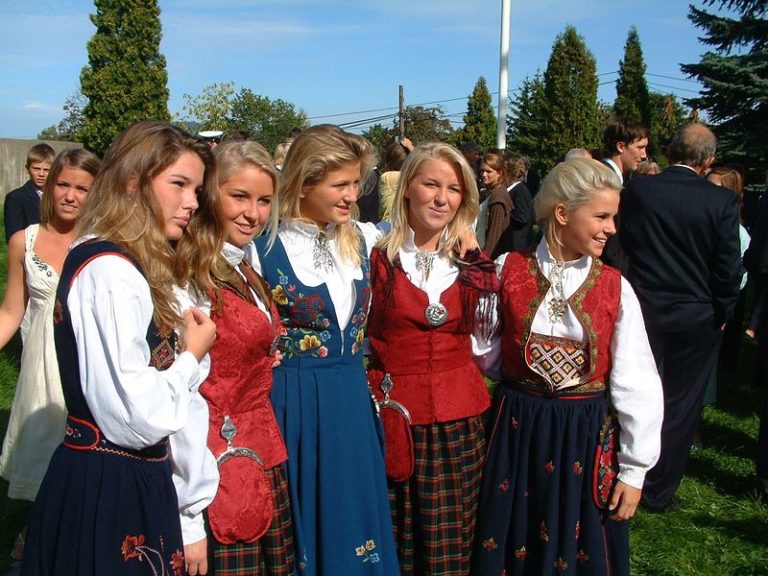
24 Comments
Pingback: coffee
Pingback: peaceful piano music
Pingback: แนะนำ เกมยิงปลา 918 kissS
Pingback: NAGA GAMES
Pingback: รับทำวิจัย
Pingback: จำนำ patek
Pingback: Full Report
Pingback: capuchin monkey
Pingback: ติดเน็ต ais
Pingback: diyala research
Pingback: รับสั่งทำเค้ก
Pingback: กฎหมายภาษี
Pingback: รับทำ SEO ติดหน้าแรก
Pingback: dark168
Pingback: จอ led ขนาดใหญ่
Pingback: เว็บ slot รองรับทรูวอเล็ท
Pingback: zbet911
Pingback: live webcams
Pingback: บล็อกปูพื้น
Pingback: Penis Envy Mushroom Psilocybin for sale Oregon OR
Pingback: สล็อตออนไลน์ เว็บตรงไม่ผ่านเอเย่นต์
Pingback: kc9
Pingback: kc9
Pingback: Free Undress AI